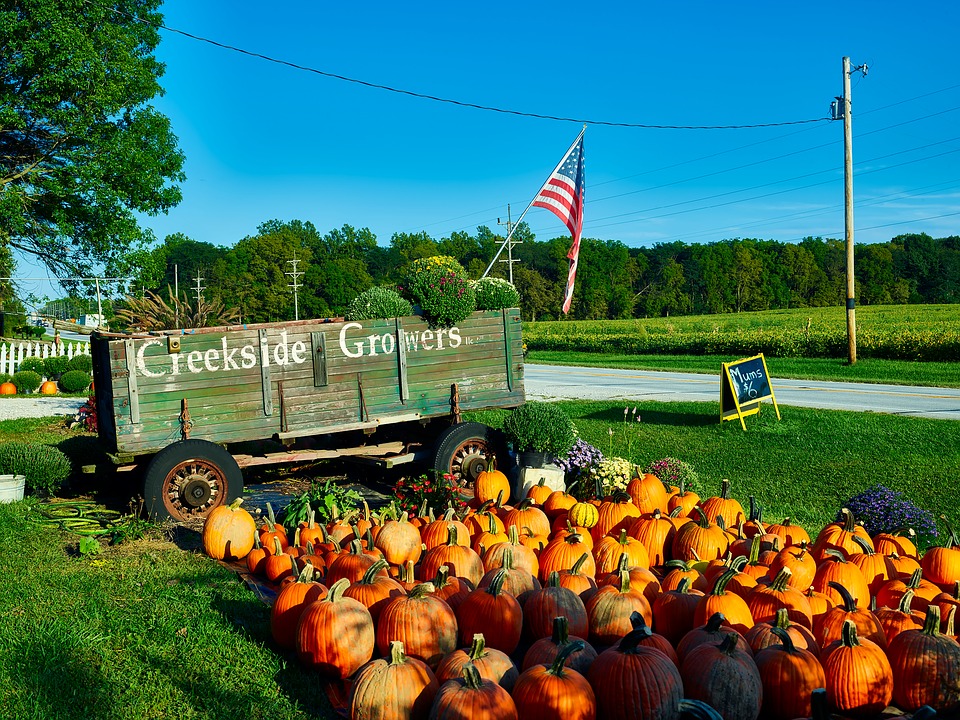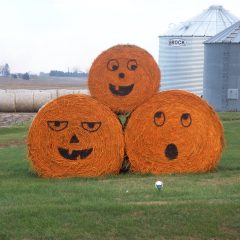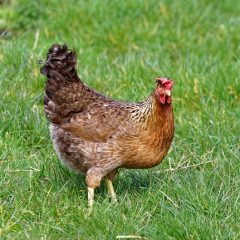Livestock have been raised on farms and on the open range for thousands of years. Cattle, horses, pigs, goats, sheep, chickens are seen as the most popular seen on farms today. Alternative livestock are often a way to make a greater profit for smaller farms. Many times farms that raise alternative livestock are the only one that will have that particular type of animal in there area. The production of these animals is growing in popularity. Well discuss a few of these here.
Fish
Raising fish is called aquaculture. Aquaculture is the production of water based organisms. Some of the most popular are tilapia and shellfish. Oysters and clams are raised in open salt water in nets (not a traditional farm by any means). Fish can be raised in tanks in barns or greenhouses or in open ponds. Research has proven crabs can be grown in much less salt than typical bays. NCSU has successful grown flounder and other saltwater fish. Tuna has long been a valuable ocean going fish, and companies have proved confinement land based production can work. The production of fish is expected to continue to grow. As the population continues to grow and wild stocks keep dwindling it presents a huge opportunity for an operation to grow if they have the right education and technical know how.
Learn more about aquaculture with NOAA Fisheries
Alpacas
For awhile alpacas were so expensive only people with large financial resources could get into the business. Today, the cost has dropped considerably. Alpacas are raised for their hair. The hair is woven into scarfs, clothing, rugs, etc.
The USDA has some great info on raising Alpacas
Heritage Breeds
A heritage breed is a breed of livestock or poultry that has been around with virtually the same genetics for generations. Livestock today have been bred for production of specific traits. Heritage breeds exist largely as they have for hundreds of years. These breeds typically grow much slower and often cost more to raise. Many do not grow the best with modern production methods.
You can more info at The Livestock Conservancy
Ducks/Geese
Ducks and geese are prized in some cultures. Their meat and eggs are generally darker and richer than poultry found in your typical grocery store. Many bakers prefer duck eggs.
Game Birds
Game Fowl are typically wild birds that are grown the same as domesticated poultry. Quail, pheasant, and turkeys are some of your more typical game birds. Ostrich and Emu’s are some other larger birds that are raised domestically. Their used for their skins, feathers, meat, and eggs.
You can find more info on Game Bird Production at the University of Minnesota
Beekeeping
Bees are something every farm needs, whether they raise them for profit or not. Bees pollinate plants, both wild and farmed. Beekeepers raise bees for their honey, the beeswax, and even rent hives out to other grows to pollinate their crops.
Penn State has some great info regarding beekeeping
Bison
Bison are large hardy livestock. They aren’t something everyone can raise however, but if you have a large amount of land and have the infrastructure they can be quite profitable. Historically found living on the open prairie of North America, they were hunted to near extinction at the turn of the century. Today bison can be found both wild and raised domestically. Their hides, skulls, and meat are all prized goods.
Miniature Cattle
Miniature cattle are great for small farms. As a result of their smaller statures the are kept as both livestock and pets.




Leave a Reply